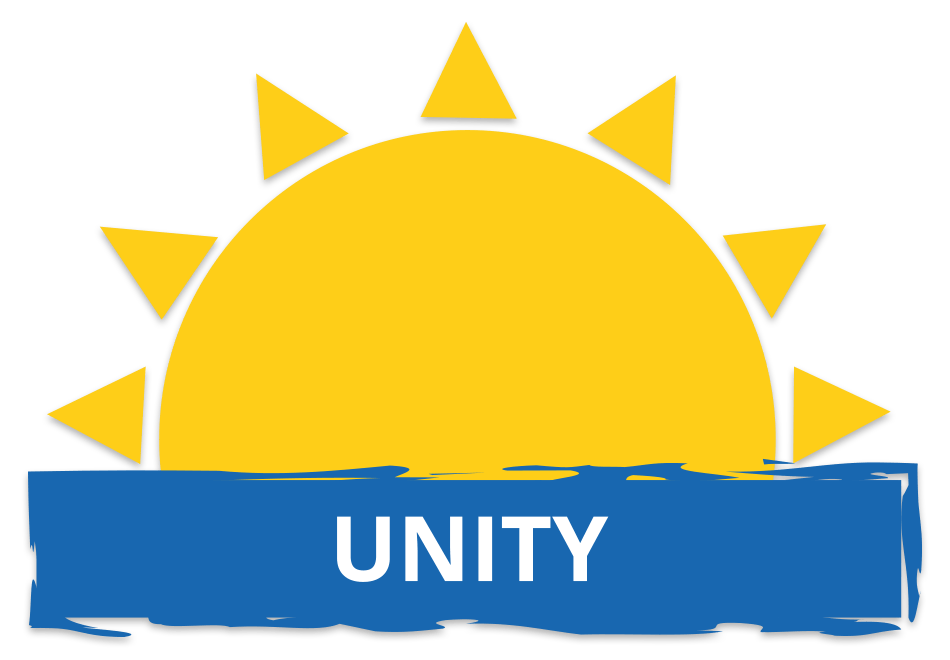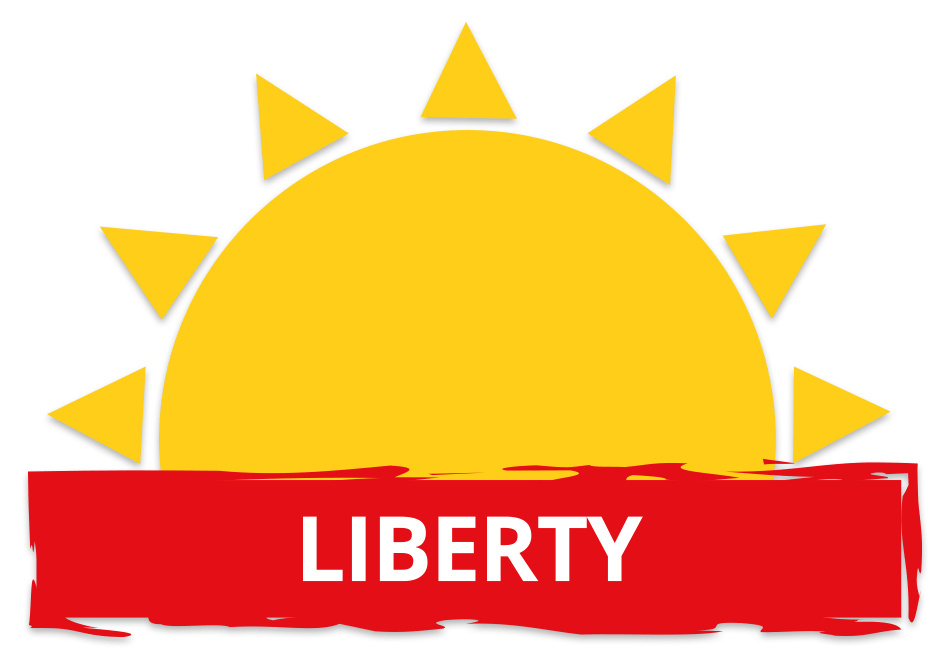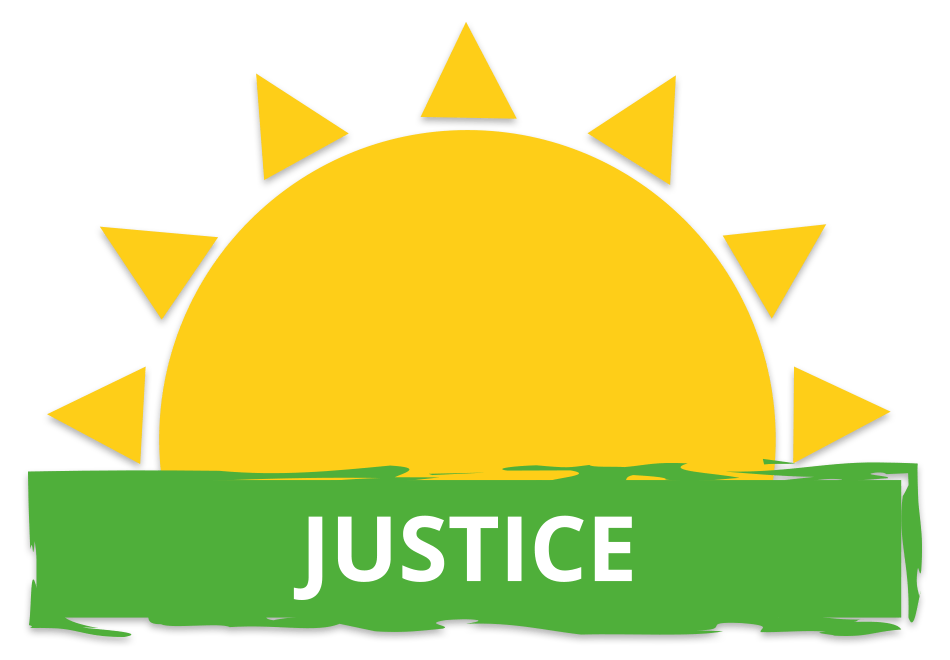


Founding President
of the Republic of Namibia
(1990 – 2005)
2nd President
of the Republic of Namibia
(2005 – 2015)
3rd President
of the Republic of Namibia
(2015 – 2025)
In 1990, Namibia anchored nature conservation “for the benefit of all Namibians, both present and future” in its constitution and is thereby one of the few countries worldwide that have done so. And with good reason: The breathtaking landscapes and diverse wildlife attracts over a million tourists from all over the world every year and is an important source of income. The Namib, which gave the country its name, is more than 500 million years old and not only the oldest desert on earth, but also impresses with some of the highest dunes in the world. The green river landscapes of the north with its hippos, crocodiles and elephants seem like another world.
Namibia is a country full of beautiful contrasts and spectacular colours. All the ethnicities who are living in peace together in this country are as colourful and diverse as nature. About half of the Namibians belong to the Ovambo people, who mainly settled in the comparatively fertile north of the country, but besides this ethnic group there are numerous others: The proud Herero, whose most valuable asset is their cattle, the semi-nomadic Himba, the Damara, whose land is the rocky area near the black Burnt Mountain, and many more. A white minority, whose ancestors came as settlers from Europe, is also a part of Namibia’s society.
Although not even a twentieth of the Namibian population speaks English as their mother tongue. But English is the official language of the country and is spoken in all schools and public institutions. However, the most understood language is Afrikaans, which evolved from Dutch used by the white settlers in South Africa. For most of them, Afrikaans is not their mother tongue either; this is the one spoken by their respective ethnicity. This can be Oshiwambo, Otjiherero, RuKwangali or German. More than ten languages are represented in Namibia and many Namibians grow up multilingually with two or three languages.
Namibia is rich in raw materials and mining is the country’s most important industry. Namibia belongs to one of the four greatest nations in uranium mining worldwide, but the most famous raw material probably are the diamonds. When the first diamond was found in 1908, there was a boom that led to the emergence of diamond settlements such as Kolmannskuppe, which was considered the richest city in Africa. But with the dwindling of the diamonds, the city’s wealth also declined and today Kolmannskuppe is nothing more than a ghost town. But Namibia is still one of the largest diamond exporters and Namibian diamonds are considered the purest in the world.
Namibia Tourism Board
Schillerstrasse 42-44
60313 Frankfurt/M.
Germany
Tel +49 69 13 37 36 0
info@namibia-tourism.com